The Fushimi Sake District is a charming, traditional sake brewing district in southern Kyoto known for its nearly 40 sake breweries.
The district is revered for the clean, soft water that flows in abundance from the river’s underground springs, which is a crucial ingredient in the production of sake.
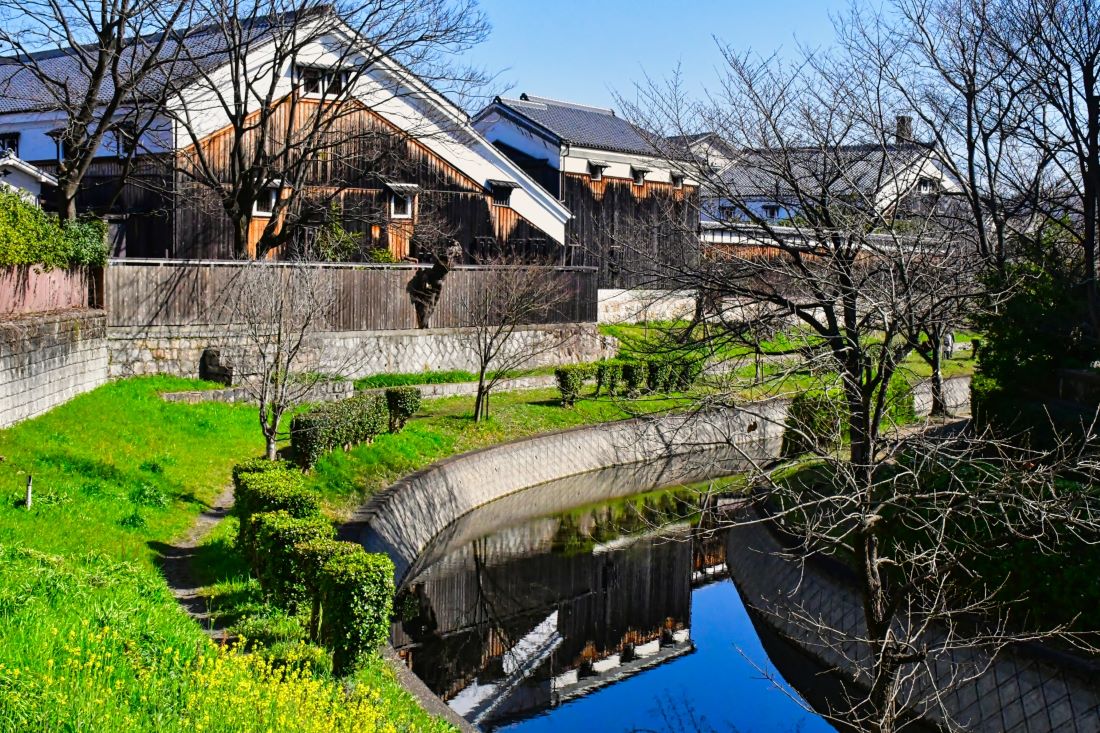
The area is home to beautiful wooden brewery buildings, tree-lined canals, and historic sites that offer a glimpse into the rich history and culture of sake production in Japan.
Visitors to the Fushimi Sake District can explore the area’s picturesque scenery, sample the delights of sake culture, and learn about the traditional brewing methods that have been passed down through generations.
Location and History
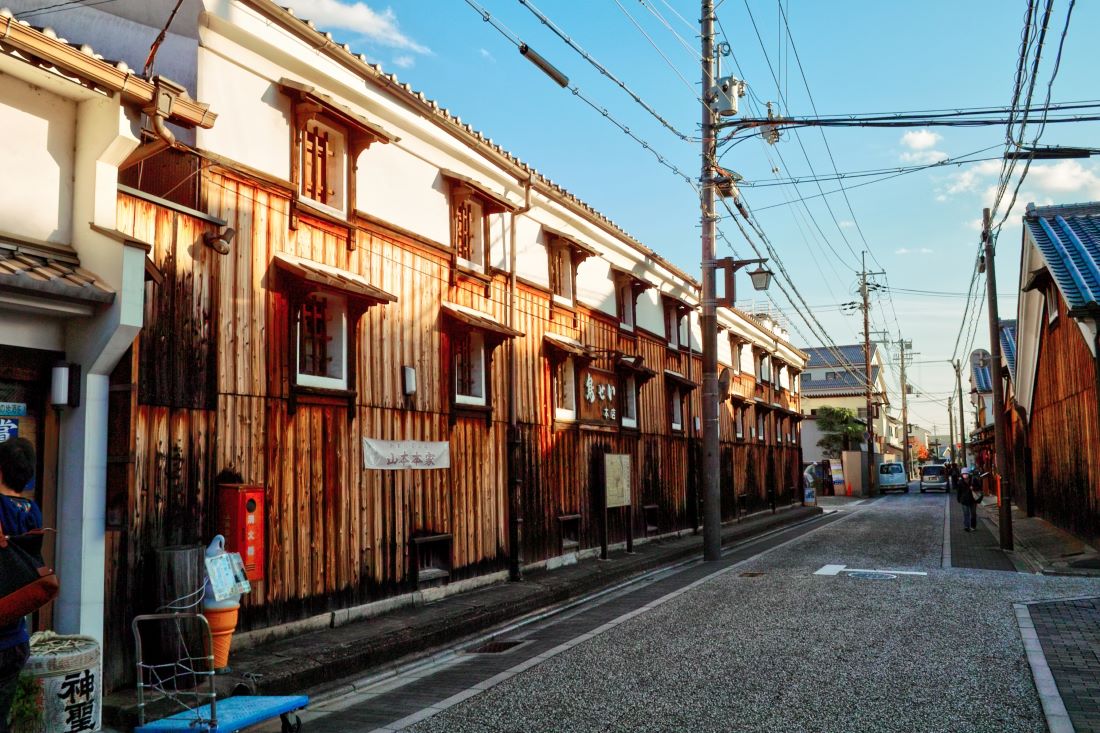
Fushimi Sake District is in the southern part of Kyoto, Japan. It is an ancient brewery town that has been producing sake for over 400 years. The district is situated between Fushimi-Momoyama and Chushojima stations, along the Horikawa River. Revered for the clean, soft water that flows in abundance from the river’s underground springs, Fushimi Sake District is home to nearly 40 sake breweries.
Geography

The district is situated on the banks of the Horikawa River, which is a tributary of the Kamo River. The river is a source of clean, soft water that is essential for making high-quality sake. The district is also surrounded by mountains, which provide a natural barrier that protects the area from harsh weather conditions.
History
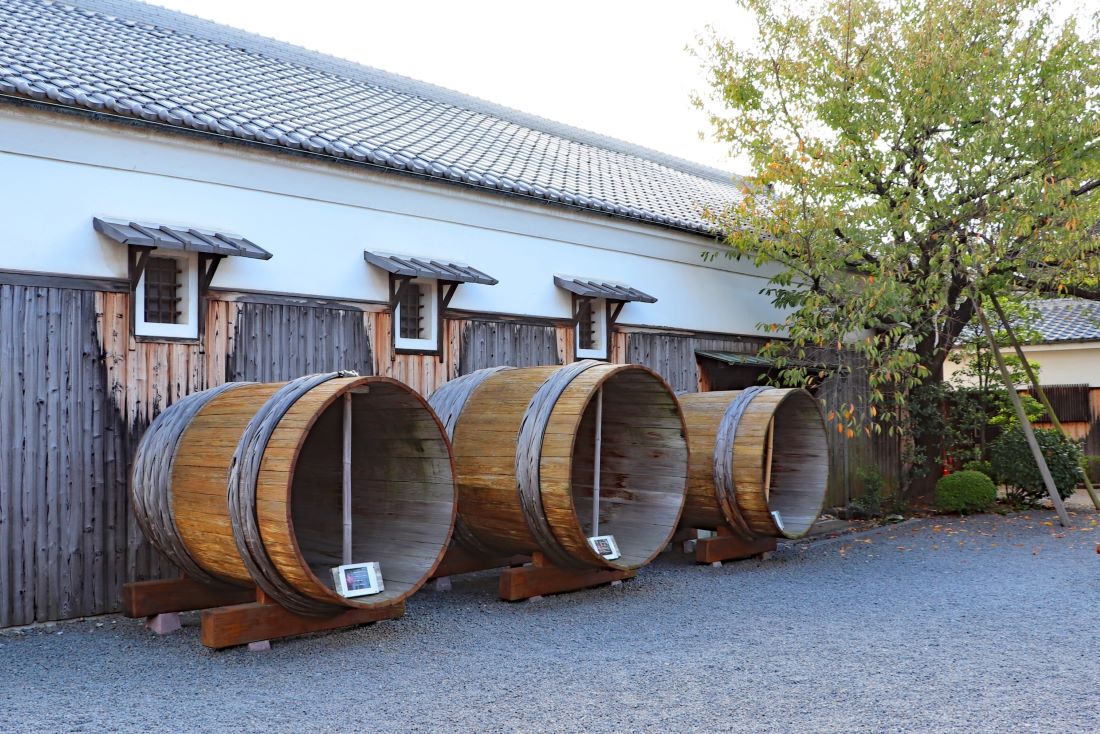
The history of Fushimi Sake District dates back to the Edo period when it was established as a major sake production center. During this period, the district was home to numerous breweries that produced sake for the local population.
The district’s location on the banks of the Horikawa River made it an ideal place for sake production because of the abundance of clean, soft water.
During the Meiji period, Fushimi Sake District experienced a period of rapid growth as the demand for sake increased throughout Japan. Many of the breweries in the district expanded their operations and began exporting their sake to other parts of the country.
The district also became a popular destination for tourists who wanted to sample the local sake and learn more about the brewing process.
Today, Fushimi Sake District is one of the most important sake production centers in Japan. It is home to nearly 40 breweries that produce a wide variety of sake, from traditional to modern styles.
The district is also a popular destination, attracting visitors from all over the world who come to sample the local sake and learn about its history and culture.
Sake Brewing Process
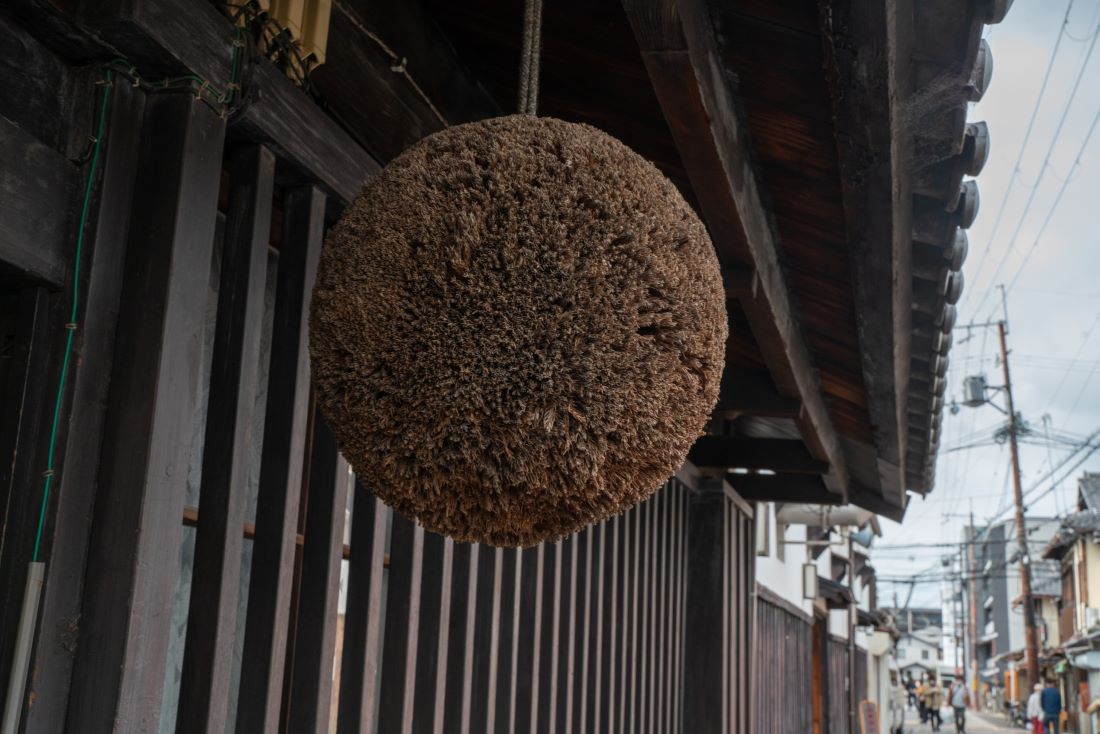
Ingredients
The sake brewing process requires rice, water, yeast, and koji. The rice used in sake brewing is a special type of short-grain rice that is polished to remove the outer layers, leaving only the starchy core. The water used in the process is essential and must be of high quality, as it affects the final taste of the sake. The yeast used in sake brewing is a special strain that can withstand high alcohol levels. Koji is a type of mold that is used to break down the starches in the rice to make them more accessible to the yeast.
Process
The sake brewing process involves multiple steps, including rice washing, steaming, koji production, mash creation, fermentation, and pressing. First, the rice is washed to remove any impurities and then steamed to make it soft and easy to work with. The koji is then added to the rice, and the mixture is left to ferment for days. This process breaks down the starches in the rice, making them more accessible to the yeast.
Next, the mash is created by adding more steamed rice, water, and yeast to the koji and rice mixture. The mash is then left to ferment for weeks, during which time the yeast converts the sugars in the rice into alcohol. The mash is then pressed to remove any solids, and the resulting liquid is filtered and pasteurized before being bottled.
The entire sake brewing process can take anywhere from a few weeks to months, depending on the desired flavor and alcohol content. Each step in the process is carefully monitored to ensure that the final product is of the highest quality.
Fushimi Sake Breweries
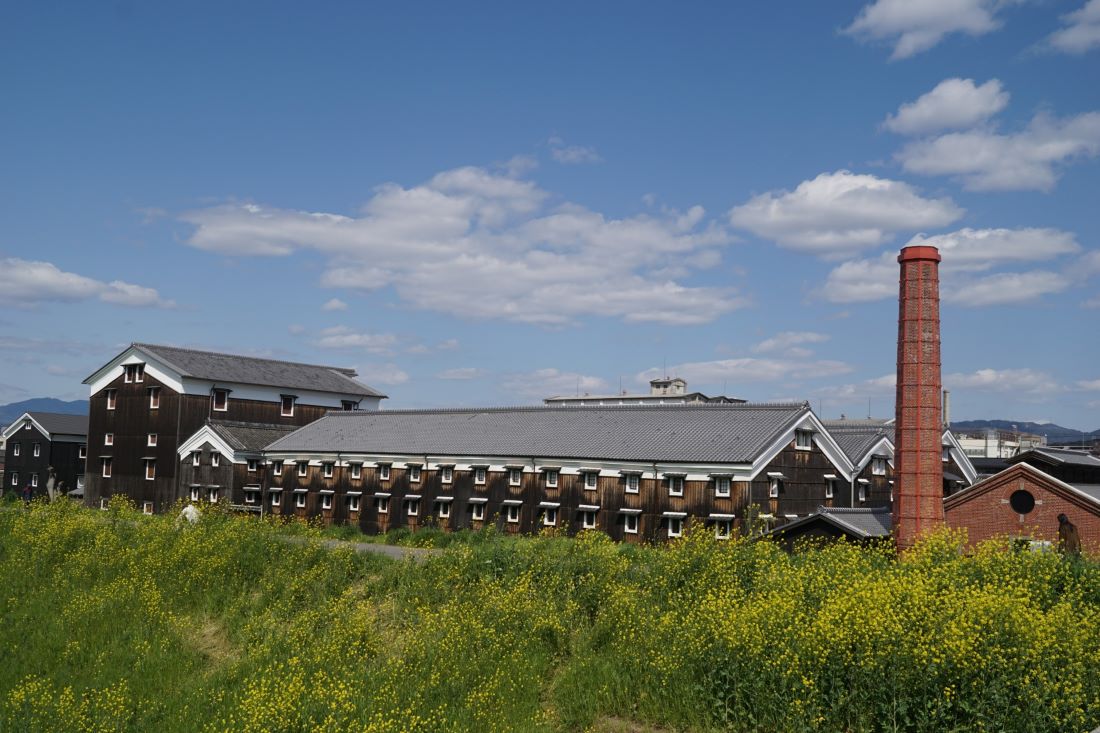
Gekkeikan
Gekkeikan is one of the oldest and most famous sake breweries in Fushimi. Founded in 1637, it has been producing sake for over 370 years. The brewery offers tours and tastings, where you can learn about the history of sake brewing and taste different types of sake. Gekkeikan’s flagship product is the “Horin” sake, which is made using the traditional kimoto method and aged for three years.
Kizakura
Kizakura is a modern sake brewery that was founded in 1925. It is known for its innovative approach to sake brewing, which combines traditional methods with modern technology. Kizakura produces a wide range of sake, including flavored and sparkling varieties. The brewery also has a restaurant where you can enjoy sake and traditional Japanese cuisine.
Kasumi Tsuru
Kasumi Tsuru is a small, family-owned sake brewery that has been producing sake for over 200 years. The brewery is known for its high-quality, handcrafted sake, which is made using only the finest ingredients. Kasumi Tsuru’s flagship product is the “Yamahai Junmai Ginjo,” which is made using the traditional yamahai method and aged for two years.
These three breweries are just a small sample of the nearly 40 sake breweries that can be found in Fushimi. Each brewery has its own unique history and brewing methods, and you can learn a lot about sake by visiting multiple breweries and comparing their products.
Tasting and Tours
The Fushimi Sake District should be on your to do-list for sake lovers. The district is home to sake breweries, tasting rooms, and tours. You can taste sake and learn about the brewing process. Here’s a few of the best tasting and tour options:
Tasting Rooms
The Fushimi Sake District has tasting rooms where you can sample different types of sake. One of the most popular tasting rooms is the Gekkeikan Okura Sake Museum. The museum offers a guided tour of the brewery and a sake tasting. You can taste sake, including some rare and limited editions. Another popular tasting room is the Kizakura Kappa Country. The tasting room offers a wide selection of sake, including fruit-flavored sake.
Brewery Tours
The Fushimi Sake District is also home to sake breweries that offer tours. One of the most popular tours is the Kyoto Insider Sake Experience. The tour takes visitors to breweries and tasting rooms in the district. You can learn about the brewing process and taste sake. Another popular tour is the Sake Brewery and Tasting Tours Kyoto. The tour includes a visit to the Gekkeikan Okura Sake Museum and other breweries in the district.
Visitors to the Fushimi Sake District can also take a self-guided tour of the breweries. Many of the breweries have signs in English and offer free tastings. You can also purchase sake and other souvenirs at the breweries.
Overall, the Fushimi Sake District should be on your to do-list for sake lovers. You can taste sake and learn about the brewing process. Whether you take a guided tour or explore on your own, the district offers a unique and authentic sake experience.
The Sum Up
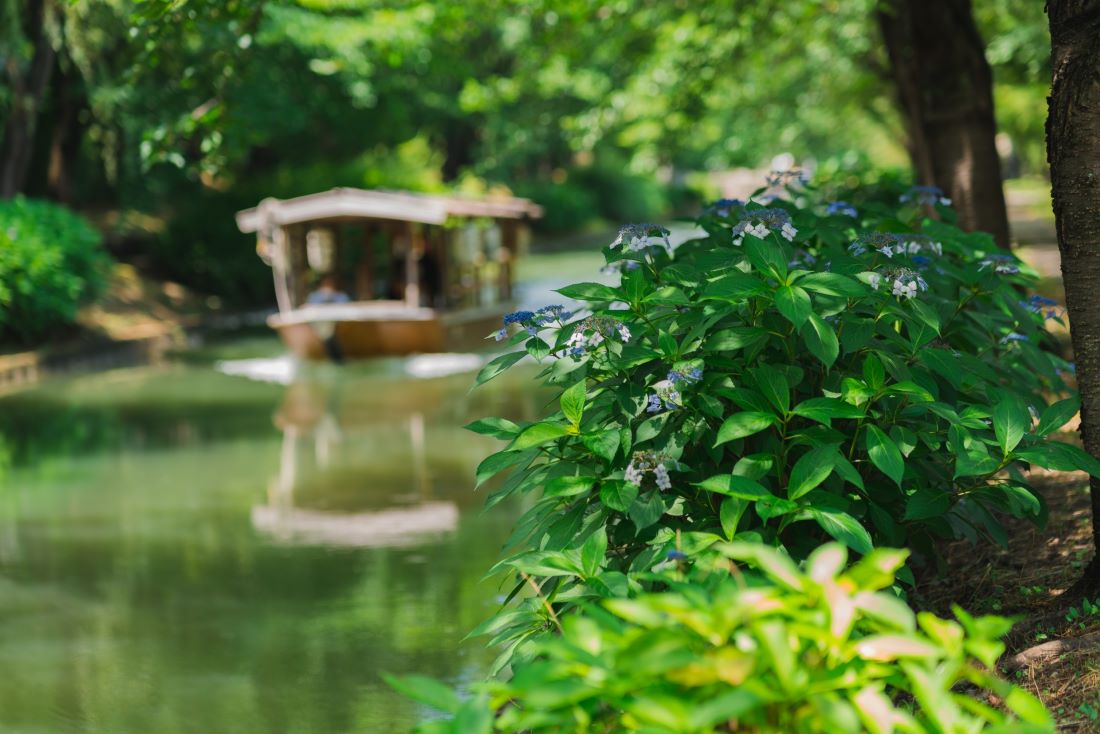
Visiting Fushimi Sake District is a unique and enjoyable experience that lets you immerse yourself in Japanese sake culture. The district’s picturesque streets and charming traditional buildings make it an ideal destination for those who want to experience a more traditional side of Japan.
While visiting the district, you can learn about the history of sake production in Japan and even participate in sake tastings to sample some of the best sake the country has to offer. The district’s nearly 40 sake breweries produce a wide variety of sake, from sweet to dry, so there is Something to interest all to enjoy.
Additionally, the district’s location in southern Kyoto makes it a convenient stop for those exploring the city. You can easily reach the district by train or bus and spend a few hours exploring the area before continuing on with your travels.



